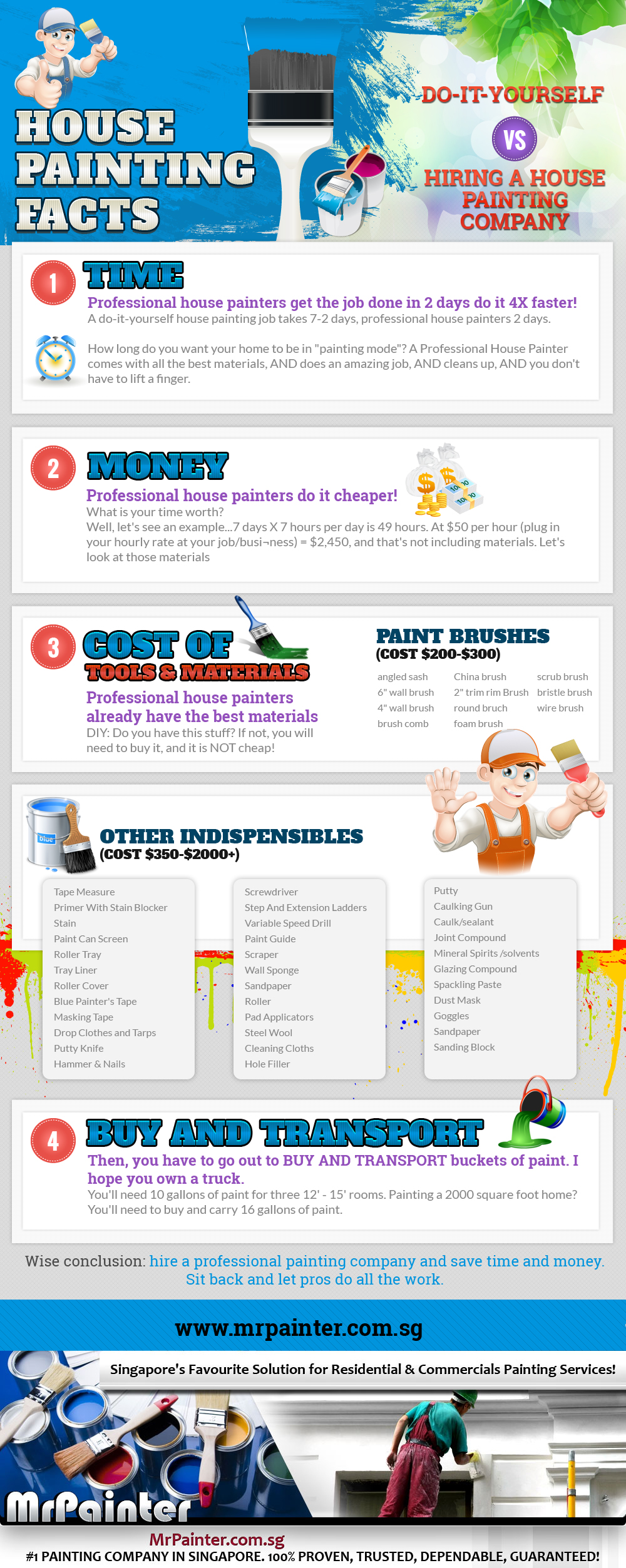Discover The Impact Of Seasonal Elements On The Effectiveness Of Industrial Exterior Painting And Identify The Optimal Times To Achieve Long-Lasting Outcomes For Your Task
Discover The Impact Of Seasonal Elements On The Effectiveness Of Industrial Exterior Painting And Identify The Optimal Times To Achieve Long-Lasting Outcomes For Your Task
Blog Article
Material Writer-Doherty Rosendal
When you're preparing an industrial outside painting job, seasonal factors can make or break your outcomes. You'll want to think about just how temperature and humidity effect paint application and drying times. Choosing the ideal period can ensure your paint adheres effectively and lasts longer. But which seasons are absolutely the most effective for this type of work? Let's discover the key elements that can affect your task's success.
The Impact of Temperature on Paint Application
When you're planning an industrial external paint project, the temperature level can substantially influence how well the paint sticks and dries out.
Ideally, you intend to paint when temperature levels vary in between 50 ° F and 85 ° F. If it's as well cool, the paint might not cure appropriately, leading to issues like peeling off or breaking.
On the flip side, if it's also hot, the paint can dry also promptly, preventing appropriate attachment and causing an unequal surface.
You ought to additionally take into consideration the time of day; morning or late afternoon uses cooler temperature levels, which can be extra favorable.
Constantly examine the producer's suggestions for the specific paint you're utilizing, as they usually offer support on the suitable temperature level variety for optimal results.
Moisture and Its Impact on Drying Times
Temperature level isn't the only ecological variable that influences your business external paint project; humidity plays a substantial function also. High humidity degrees can reduce drying times substantially, impacting the overall quality of your paint job.
When the air is saturated with dampness, the paint takes longer to treat, which can cause problems like bad bond and a greater danger of mildew growth. If you're repainting on a specifically damp day, be gotten ready for extensive delay times between coats.
It's critical to keep an eye on neighborhood climate condition and plan as necessary. Ideally, aim for moisture degrees in between 40% and 70% for ideal drying out.
Maintaining https://findapainternearme43108.buyoutblog.com/35001257/sustainable-practices-in-commercial-outside-paint-exploring-eco-friendly-options in mind guarantees your project remains on track and supplies an enduring finish.
Best Seasons for Commercial Outside Paint Projects
What's the most effective season for your business outside paint projects?
Springtime and early fall are normally your best bets. During these seasons, temperature levels are mild, and moisture degrees are typically reduced, producing suitable conditions for paint application and drying.
Avoid summertime's intense heat, which can cause paint to dry too quickly, bring about poor adhesion and surface. Similarly, winter months's cool temperature levels can hinder proper drying and treating, taking the chance of the durability of your paint work.
Go for days with temperatures between 50 ° F and 85 ° F for optimum outcomes. Keep in mind to inspect the neighborhood weather report for rainfall, as wet conditions can destroy your task.
Preparation around these elements guarantees your paint task runs efficiently and lasts much longer.
Final thought
To conclude, intending your industrial outside paint tasks around seasonal factors to consider can make a considerable distinction in the end result. By scheduling job during the optimal temperature levels and humidity degrees, you'll make certain much better bond and drying out times. Remember to watch on simply click the next website and select the right time of year-- springtime and very early autumn are your best choices. Taking these steps will certainly help you attain a long lasting and professional coating that lasts.
